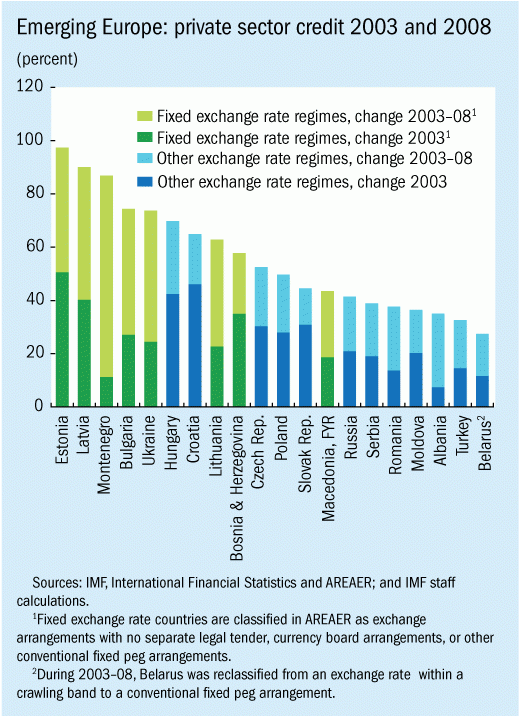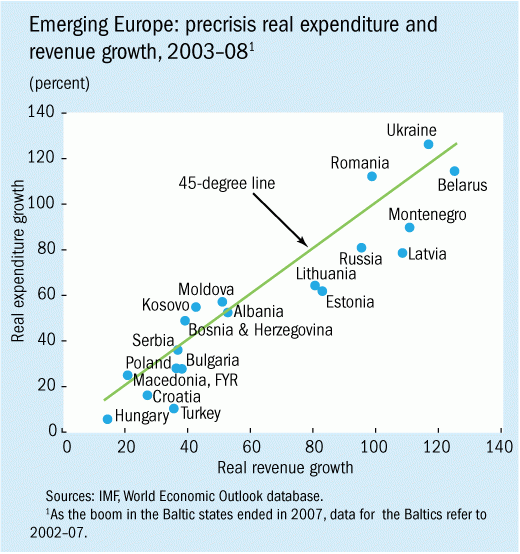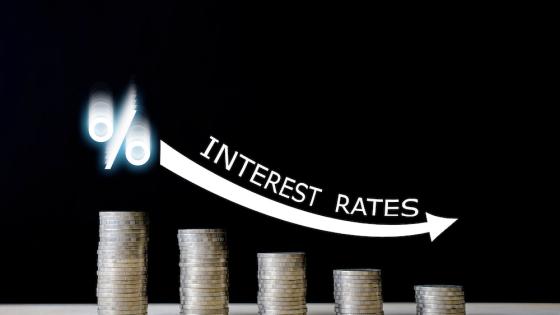Almost unnoticed amidst the difficulties in Western Europe, the other half of the continent has begun to recover from the deepest slump in its post-transition period. The emerging economies in central and eastern Europe will grow by 3.75% this year and next – a relief after the 6% decline in 2009.
Why was the crisis so severe – and how do we avoid a repeat? This question has been posed with particular focus on Central and Eastern Europe several times on this site (see for example Berglöf 2009 and Darvas 2010). In recent research for the IMF Regional Economic Outlook (IMF 2010), we argue that while the crisis was triggered by external shocks, it is clear that domestic imbalances and policies also played a key role.
After Lehman Brothers defaulted in September 2008, global trade collapsed, capital inflows into the region plummeted, credit growth suddenly stopped, and domestic demand plunged. But pre-crisis domestic imbalances and policies made a difference in how these shocks affected each country’s economy. Some countries saw declines in gross domestic product similar to those in the Great Depression (Estonia, Latvia, Lithuania, Ukraine), while others avoided declines altogether (Albania, Poland).
Origins of the crisis
The seeds of the crisis were sown, in large part, in the five years before the crisis. Between 2003 and 2008, much of the region experienced a boom in bank credit, asset prices and domestic demand. This boom was fuelled and financed by large capital inflows.
With low interest rates in advanced countries, banks in Western Europe expanded aggressively into emerging Europe – where returns were higher. And, while the influx of capital boosted growth, it also led to rising imbalances and vulnerabilities.
- Current-account deficits increased to unprecedented levels in some countries, and asset prices and inflation accelerated.
- Substantial vulnerabilities emerged in bank and household balance sheets, particularly as much of the borrowing was in foreign currency.
The boom years had left much of the region addicted to foreign-financed credit growth, making it very vulnerable to a disruption in capital inflows (see figure 1)
Figure 1.
High cost experience
The first lesson of the crisis is one that is unfortunately not new. Boom-bust credit cycles can be very costly, so it essential to prevent credit booms from getting out of hand.
Indeed, countries that experienced the fastest credit growth during the boom years saw the deepest recessions. And it now appears that average GDP growth over the full business cycle in this group was no higher, and in some cases was lower, than in countries with more modest credit growth.
How to restrain credit booms
Controlling credit growth is not easy. Prudential measures alone rarely do the trick, particularly in small countries easily overwhelmed by foreign capital inflows.
Fixed exchange rates often impose further constraints. Indeed, it is striking that the strongest credit growth during the boom years took place in countries with fixed exchange rate regimes. This is due in part to the fact that countries with fixed exchange rates have few instruments to restrain credit booms. On the contrary, once a credit boom sets in, a vicious cycle emerges. As the economy heats up and inflation accelerates, real interest rates drop, further boosting demand for credit. Countries with floating exchange rates do not face this problem, as they can let their exchange rate appreciate, which prevents overheating, keeps inflation low and thus real interest rates high. It is striking that the countries that saw the least deterioration of their current account position between 2003 and 2008 (Czech Republic, Slovak Republic, Poland) were precisely the countries that saw a strong appreciation of their nominal exchange rate, while some of the countries that saw the largest increase of their current-account deficit (the Baltics and Bulgaria) were the countries that kept their exchange rate fixed (for more see Bakker and Gulde 2010).
Fixed exchange rates are not the cause of credit booms – there were also some countries with fixed exchange-rate regimes that did not have a credit boom. But they do make it harder to stop them, particularly in the presence of large capital inflows.
That is not to say that prudential measures are not useful. One area where prudential supervision could have been particularly effective is oversight of foreign currency lending. Stricter assessment of currency related credit risk and requiring higher capital buffers would have prevented the build-up of large balance sheet vulnerabilities; applying these stricter criteria on foreign currency lending would also have slowed credit growth in many countries.
Closer cooperation with supervisors in Western Europe can help prudential measures be more effective. Credit booms driven by capital flows from Western European parent banks are hard to stop, especially when only faced with supervisors in the (often smaller) recipient country.
Building up fiscal buffers
The second major lesson is the need for more prudent fiscal policy. This requires a policy of saving money when revenues are growing instead of increasing spending and boosting public wages (see Figure 2). Prior to the crisis, fiscal positions in emerging Europe looked good – better than in other emerging market regions. But those good-looking headline numbers masked a deterioration of the underlying fiscal position. Public expenditure was surging, financed by a temporary revenue boom. This not only further contributed to overheating; it also set the stage for large fiscal deficits. So when revenue plummeted in 2009 and fiscal deficits increased sharply, many countries had no choice but to cut spending at precisely the time when this was most painful.
Figure 2.
When revenue takes off during the next boom, it should be used to build up fiscal buffers rather than boost expenditure. Politically, this may be very challenging – when revenues abound there is strong pressure to increase expenditure or cut taxes – but this will help dampen the boom and create fiscal space that can be used to soften the impact of the next recession.
In search of balanced growth
Going forward, growth in the region should become more balanced, and less dependent on domestic demand and capital inflows. Much of the shift will be come about through private sector actions. Now that profits in the nontradable sector (finance, real estate, construction) have shrunk, investments will seek more promising venues. More balanced macroeconomic policies and wage restraint can also help maintain balanced growth by preventing the overheating that pulls resources from the tradable to the nontradables sector.
Above all, it will be important – when the next boom comes – to be wary of stories claiming that “this time will be different” (Reinhart and Rogoff 2009). Such narratives often have some plausibility and attractiveness in the heat of the moment. But a careful analysis of the drivers of growth, current-account deficits, asset price developments, and credit growth should always be used as a reality check.
This column reflects the views of the authors writing in their personal capacity. A shorter version of this article appeared in iMF Direct.
References
Bakker, Bas B., and Anne-Marie Gulde (2010), “The Credit Boom in the EU New Member States: Bad Luck or Bad Policies?”, IMF Working Paper 10/130.
Berglöf, Erik (2009), “Crisis in Eastern Europe: Manageable – but needs to be managed”, VoxEU.org, 28 February.
Darvas, Zsolt (2010), “Assistance to emerging Europe”, VoxEU.org, 23 February.
IMF (2010), Regional Economic Outlook: Europe, Washington, May.
Reinhart, Carmen M and Kenneth Rogoff (2009), This Time Is Different: Eight Centuries of Financial Folly, Princeton University Press.




